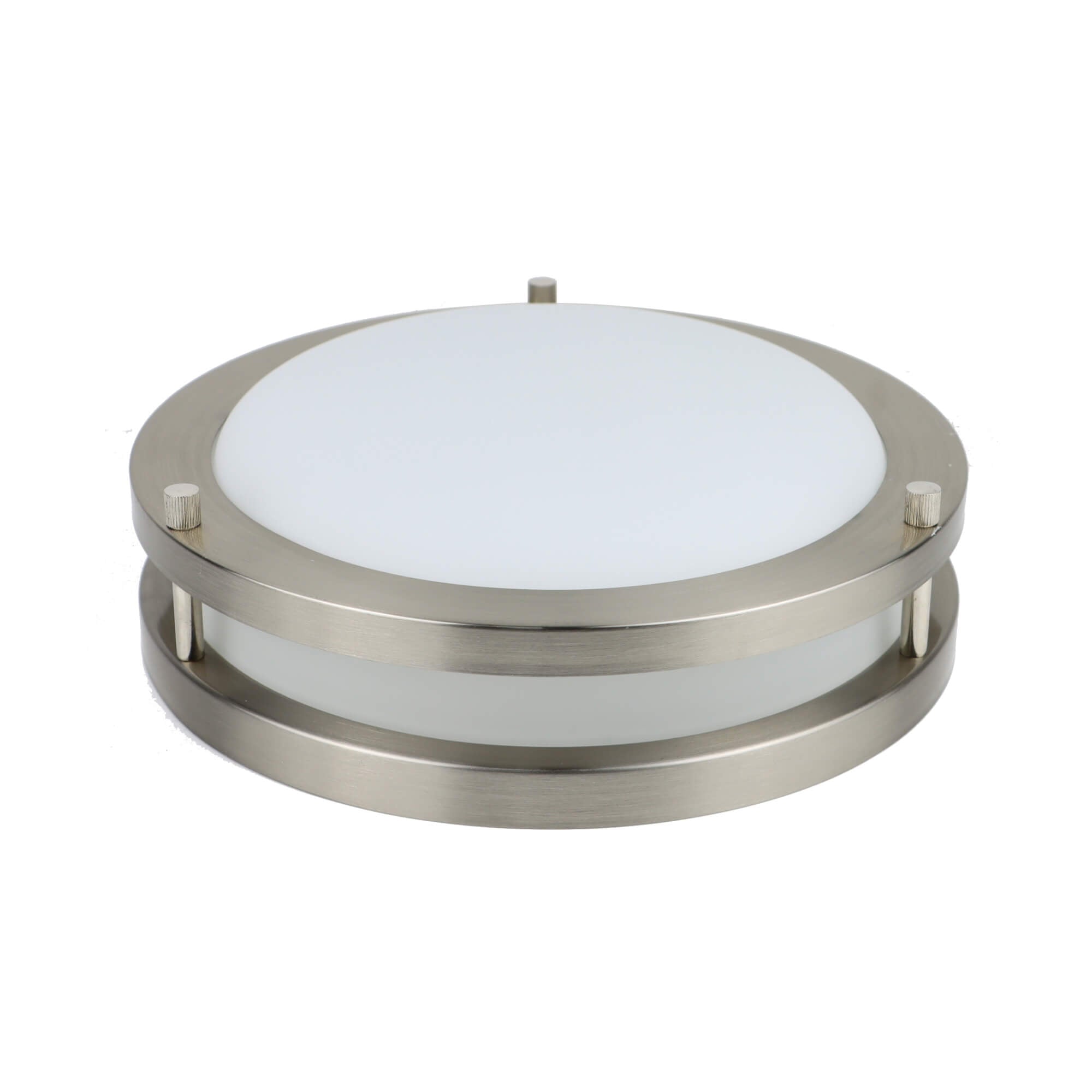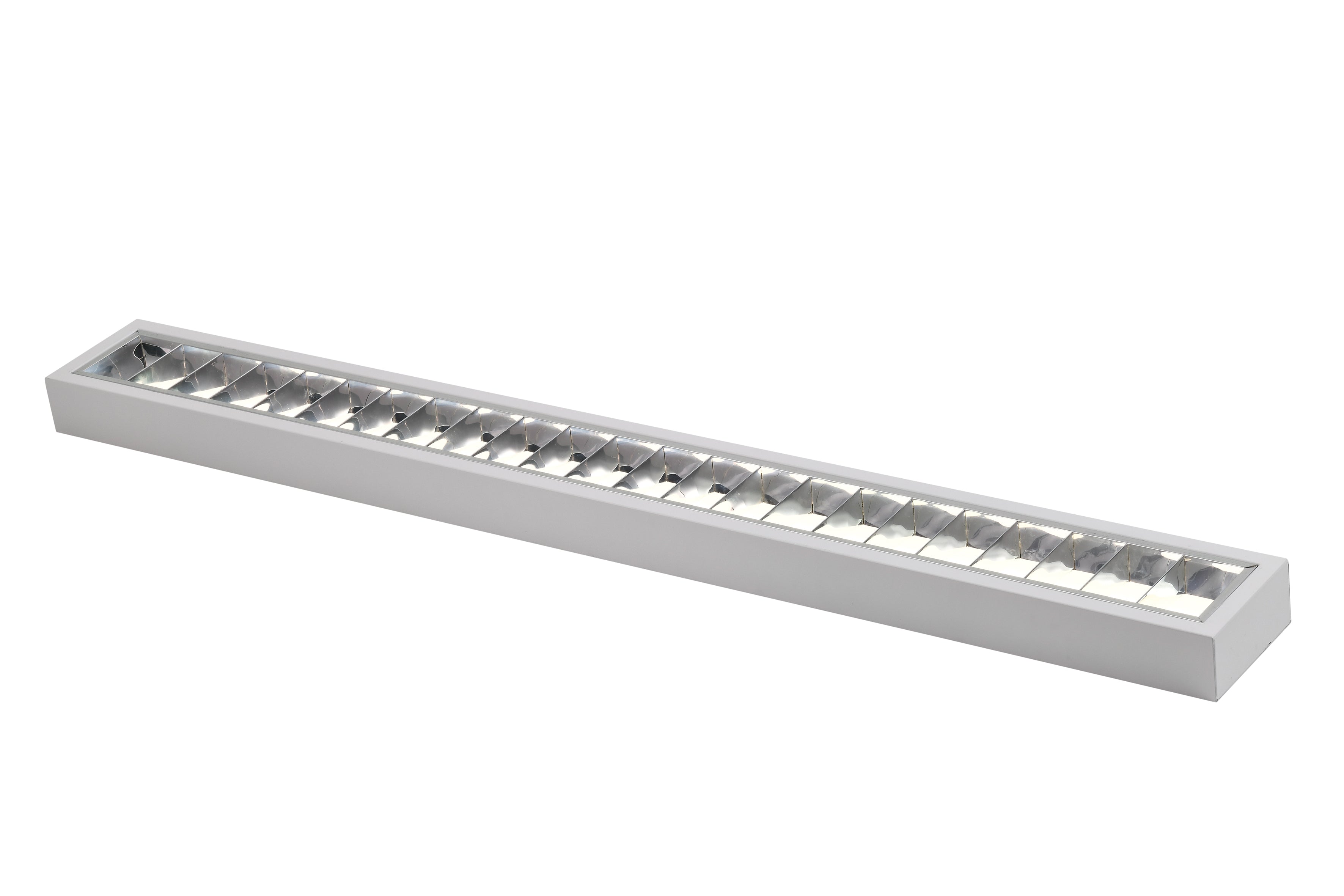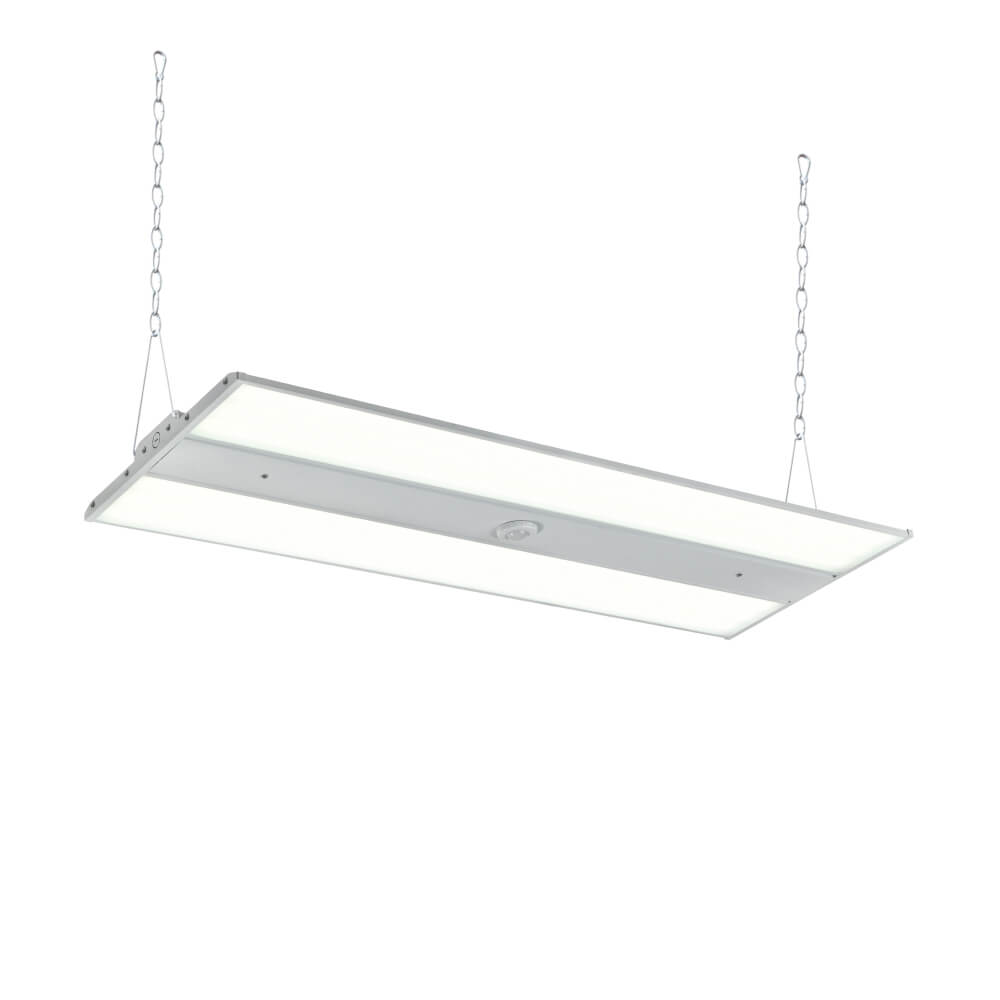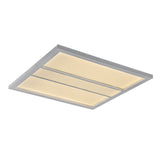Quality vs Cheap LEDs: How to Spot the Best Ones
| Aspect | High-Quality LED Lights | Lower-Quality LED Lights |
|---|---|---|
| Light Output & Efficiency | High Lumens, Low Wattage | Lower Lumens Per Watt |
| Color Quality | High CRI (~90) | Lower CRI |
| Durability & Design | Durable materials, effective heat sinks | Cheaper materials, ineffective heat management |
| Warranty & Brand Trustworthiness | Long warranties, reputable brands | Limited warranty, less-known manufacturers |
| Thermal Management | Efficient heat dissipation | Prone to overheating |
| Lifespan & Endurance | Long lifespan, supported by tests and certifications | May not meet lifespan claims |
| Dimming Capabilities | Smooth dimming, compatible with various dimmers | Flickering or buzzing, may require specific dimmers |
| Electromagnetic Compatibility | Minimal electromagnetic interference | Potential disruption to electronic devices |
Selecting the right LED lights can be crucial, particularly if you're buying in bulk. This article guides you through identifying high quality LEDs compared to cheaper alternatives.
Good LEDs offer more brightness with less energy use, display colors accurately, are built from durable materials, have lengthy warranties, manage heat effectively, last a long time, dim smoothly, and don't interfere with other electronic devices. By considering these factors, you can invest in LED lighting that is both efficient and reliable, ensuring your purchase is cost-effective in the long term.
1. Light Output & Efficiency: Lumens vs. Watts
Good LED Lights: High Lumens, Low Wattage
When looking for good LED lights, you'll want to focus on two key metrics: lumens and watts. Lumens are the measure of light output, indicating how bright the light is. Watts measures energy consumption or how much power it takes to illuminate the light. The most efficient LEDs will have a high lumen count with low wattage – this means you're getting a lot of light without using a lot of power, making them ideal for cost savings and energy efficiency.
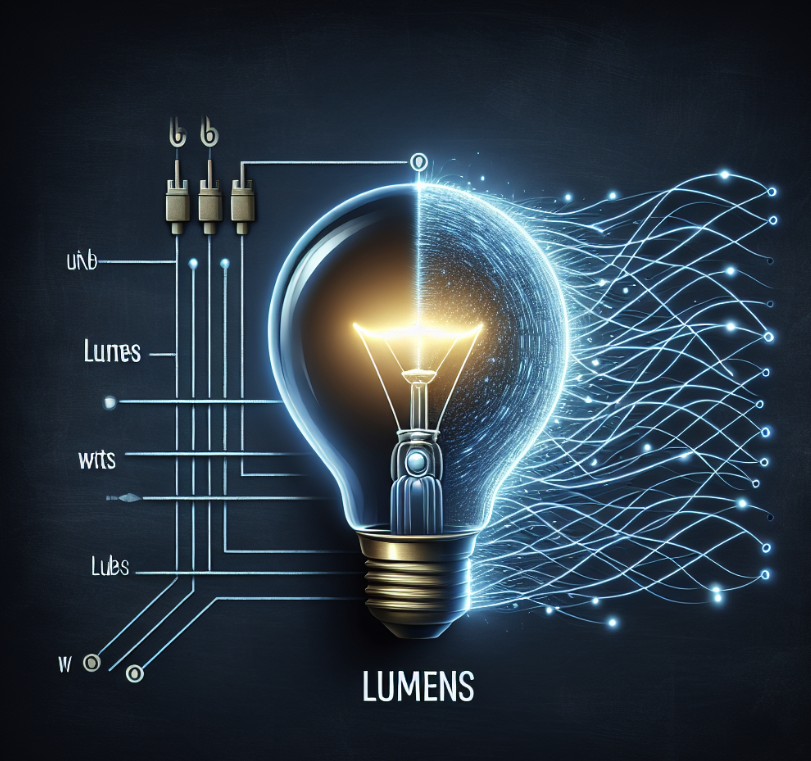
Lower-Quality LEDs: Lower Lumens Per Watt
Conversely, cheaper LEDs may not be as energy efficient. They might produce an equal amount of lumens but at a higher wattage. This means they require more power to provide the same level of brightness, which could lead to higher electricity costs over time. Such LEDs usually have a lower ratio of lumens to watts, signaling that they are not as effective in turning electricity into light.
It's important to compare both lumens and watts when selecting LEDs for your needs. Look for the 'lumens per watt' rating a higher number indicates that the light outputs more light while consuming less power, which shows a good level of efficiency. Prioritize finding lights with a strong lumens-to-watts ratio for the best lighting investment in your wholesale purchase.
2. Color Quality: CRI Explained
Quality LED Lights: Aim for High CRI
If you want LED lights that show the true colors of everything they illuminate, you need to check their Color Rendering Index (CRI). It's like a grade that tells you how accurate the light is compared to daylight. The scale goes up to 100. For most professional settings, you'll want LEDs with a CRI close to 90. This ensures that the colors look natural and are as close as possible to how they would look in daylight.
Cheaper LEDs: Typically Score Lower on CRI
Less expensive LEDs often have a lower CRI, which means they're not as good at showing the real colors of objects. A low CRI can result in colors looking strange or faded fine for some uses but not ideal when color matters, like in stores or art studios.
When shopping, always check the packaging for the CRI rating. If it's high, you're on the right track. If it's missing or low, the LED might not be the best choice if color accuracy is important to you. Go for LEDs with a higher CRI to make sure the colors in your space are looking their best.
3. Durability & Design: Materials Matter
High-Quality LED Lights: Built to Last
Durability is key when you're investing in LED lights in bulk. The materials used in their construction, particularly the heat sinks, play a huge role. Heat sinks are parts of the LED that draw away heat to keep the light cool and running efficiently. Look for LEDs with substantial, well designed metal heat sinks, which are signs of good build quality. These materials help manage heat better and contribute to the longevity and consistent performance of the LEDs.
Lower-Quality LEDs: Signs of Shortcuts
Less expensive LEDs may skimp on materials, which can affect their durability. They might have smaller or plastic heat sinks that aren't as effective at cooling, leading to a shorter lifespan and reduced performance over time. These cost cutting measures can result in lights that fail faster and need to be replaced more often.
When examining potential bulk purchases, pay attention to the weight and the finish of the material. LEDs that feel too light may indicate the use of cheaper materials and minimal heat sinking. A rough or unfinished look can also point to lower manufacturing standards. High quality LEDs typically have a solid feel and a smooth, professional finish, signaling that care has gone into their design and production.
4. Warranty & Brand Trustworthiness: A Commitment to Quality
Quality LED Lights: Strong Warranties Are a Plus
When you're purchasing LED lights wholesale, the warranty represents more than just a document it signifies the brand's commitment to quality. A long and comprehensive warranty means that the manufacturer stands behind their product and is confident about its performance over time.
Look for LED lights that come with warranties extending several years, as this typically indicates the product is built to last and the company is prepared to support it.
Lower-Quality LEDs: Limited Warranty Coverage
On the other end, cheaper LEDs often come with shorter warranty periods or limited coverage. This can be a red flag that the manufacturer isn't confident in the product's longevity. Short warranties might leave you unprotected if the LEDs have issues sooner than expected, potentially increasing the cost of replacements and maintenance.
Reputable Brands vs. Generic Manufacturers
Trusted brands, like Halcon Lighting, usually have a proven track record of reliability and customer satisfaction. Established companies tend to invest more in research and development, ensuring their LEDs are top notch. They're also more likely to honor warranties without hassle.
Research Is Your Friend
To gauge brand trustworthiness, take the time to look up customer reviews and read about the company's history. Positive feedback and a history of consistent product quality are good signs. Reviews can tell you a lot about both the performance of the LED lights and the manufacturer's customer service.
5. Thermal Management: Keeping Cool Under Pressure
Good LED Lights: Effective Heat Dissipation
The way an LED light manages heat is critical to how long it lasts and how well it works. Good LEDs are designed to get rid of excess heat efficiently.
If an LED has a solid thermal management system, it won't get too hot, which helps it maintain brightness and extends its life.
Poorly Made LEDs: Overheating Risks
In contrast, LEDs that don't handle heat well can suffer from overheating, which can make them dimmer and shorten their lifespan. Inferior lights might lack proper heat sinks these are parts that absorb and redirect heat away from the light components. Without them, the light can run too hot and may fail sooner.
Checking for Heat Issues
When evaluating LEDs, feel the light after it's been on for a while. It should be warm but not too hot to touch. Also, look at the design for signs of good ventilation, like metal fins or grilles. These allow air to flow and cool the heat sink.
If an LED light feels excessively hot or looks like it lacks ways to release heat, it could mean it's not made to last. When buying in bulk, you want lights that stay cool under regular operation because cooler running LEDs tend to have a longer useful life.
More LED Lights Get Hot here.
6. Lifespan & Endurance: The Long Haul
Quality LED Lights: Realistic Lifespan Ratings
LED lights are meant to last a long time, and the lifespan rating tells you how many hours the lights can shine before they need replacing. When you're choosing LEDs, check the lifespan ratings provided by the manufacturer. A high quality LED light typically has a lifespan ranging from 30,000 to 50,000 hours. These numbers suggest that if you use the light for about 8 hours a day, it should last somewhere between 8 and 17 years.
Testing Standards Verify Lifespan Claims
To be confident in these lifespan claims, manufacturers should conduct rigorous testing based on industry standards. LM80 and TM21 are reports that provide a reliable forecast of an LED's lifespan. LM80 measures the performance of LED light sources over time while TM21 uses this data to project the long term operation. If these reports back a product, it indicates that the light's longevity claim is based on sound testing and isn't just a marketing assertion.
Third-Party Certifications for Assurance
For additional verification, look for third party certifications or endorsements. These can include recognition from energy conservation bodies or quality assurance organizations. If an independent group has tested the LED and certified its endurance, you have another layer of assurance about the product's longevity.
When selecting LED lights for the long haul, do not just take the lifespan figures at face value. Investigate whether these figures are supported by standard testing reports and third party endorsements. This due diligence will help ensure that your bulk purchase is truly a long-term investment.
7. Dimming Capabilities: Seamless Integration
High-Quality LED Lights: Smooth Dimming
Dimmable LED lights are designed to offer you control over lighting intensity. When they work well, they should adjust brightness smoothly and without flickering. The best quality LEDs will dim all the way down without any problems, providing a range of lighting options from very bright to very dim without creating a strobe effect or flickering.
Low-Quality LEDs: Dimming Problems
On the other hand, some LEDs might not handle dimming as gracefully. Cheaper options can result in lights that buzz, flicker, or fail to dim to lower levels. These issues can be distracting and indicate that the light isn't engineered for seamless dimming.
Checking Compatibility with Dimmer Switches
It's also important to consider whether the LED lights are compatible with your existing dimmer switches. Not all LEDs work with all types of dimmers, which might necessitate an extra investment in compatible switches. Before buying in bulk, verify that the LEDs can work with the dimming systems you have, or else you might need to budget for new switches.
To ensure a hassle free experience, choose LEDs that promise a flicker free and quiet dimming experience. Also, take a moment to check product specifications or ask the manufacturer if the lights will function well with your current dimming setup. This little bit of research will save you time and effort, ensuring your LED integration is smooth from the get-go.
8. Electromagnetic Compatibility: Avoiding Interference
High-Quality LED Lights: Electromagnetic Compatibility
Electromagnetic compatibility (EMC) is an important aspect of LED lights that ensures they don't disrupt the function of household electronics. In simple terms, it means that the LED lights are designed to prevent any interference with other devices that may be sensitive to electromagnetic fields, such as Wi-Fi routers, radios, or mobile phones.
Superior LEDs: Designed to Reduce Interference
Quality LED lights have built in features to minimize electromagnetic interference (EMI). This is crucial because poorly shielded LEDs can emit EMI that interferes with the performance of electronic devices around your home or workplace. High quality LEDs will operate without causing disruptions, allowing you to enjoy both good lighting and uninterrupted use of Wi-Fi and other electronics.
Identifying EMC Compliance
To be sure that LED lights meet EMC standards, look for specific certification marks on the packaging or product datasheets. These might include marks from international regulatory organizations like the FCC in the United States, CE in Europe, or other region specific marks indicating that the product has been tested and meets stringent EMC requirements.
When buying LED lights, especially in large numbers, ensuring they comply with EMC standards is a step towards creating a seamless and efficient environment where lighting and electronics can coexist without interference issues. Look for certification marks to confirm that the lights you're purchasing won't cause unwanted disruption to your gadgets and appliances.
Get Better Lighting with Top LED Choices
When purchasing LED lights in bulk, it's important to consider their light output and efficiency, material quality, warranty coverage, thermal management, lifespan, dimming capabilities, and electromagnetic compatibility. High quality LEDs will provide bright, efficient lighting, last longer, and won't interfere with your electronics, all while saving energy.
To ensure you're making a wise investment, always look for products that offer detailed specifications, proven testing standards, and the right certification marks. Taking these factors into account will guide you towards reliable, long-lasting LED lighting solutions for any setting.
